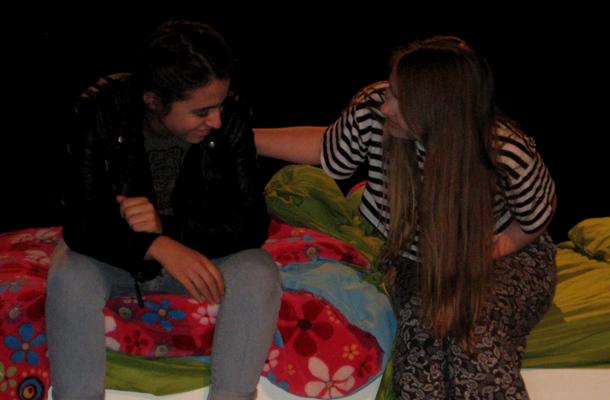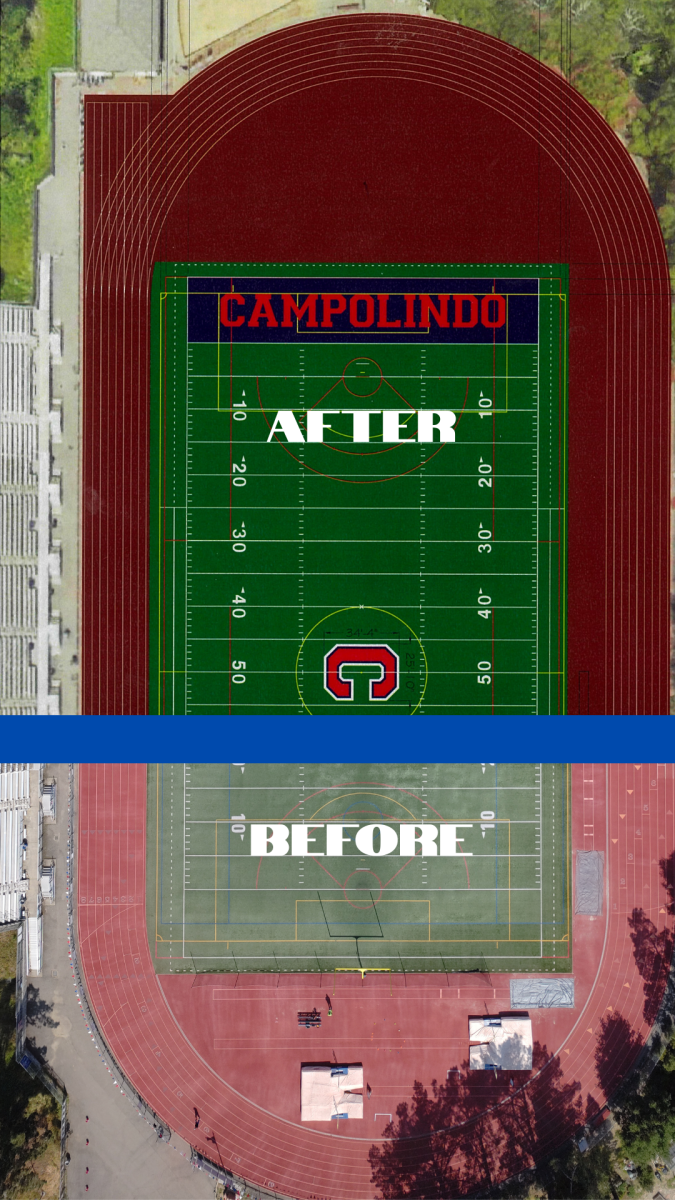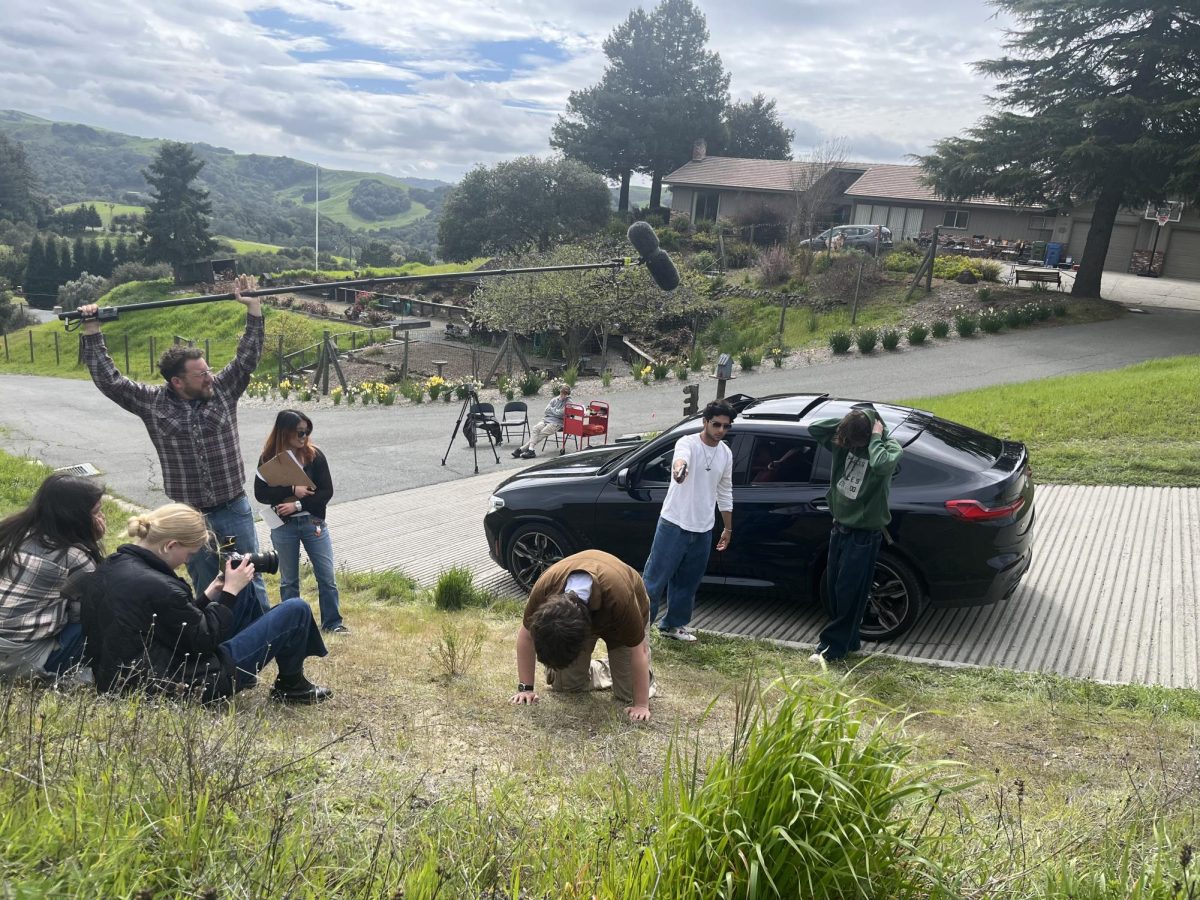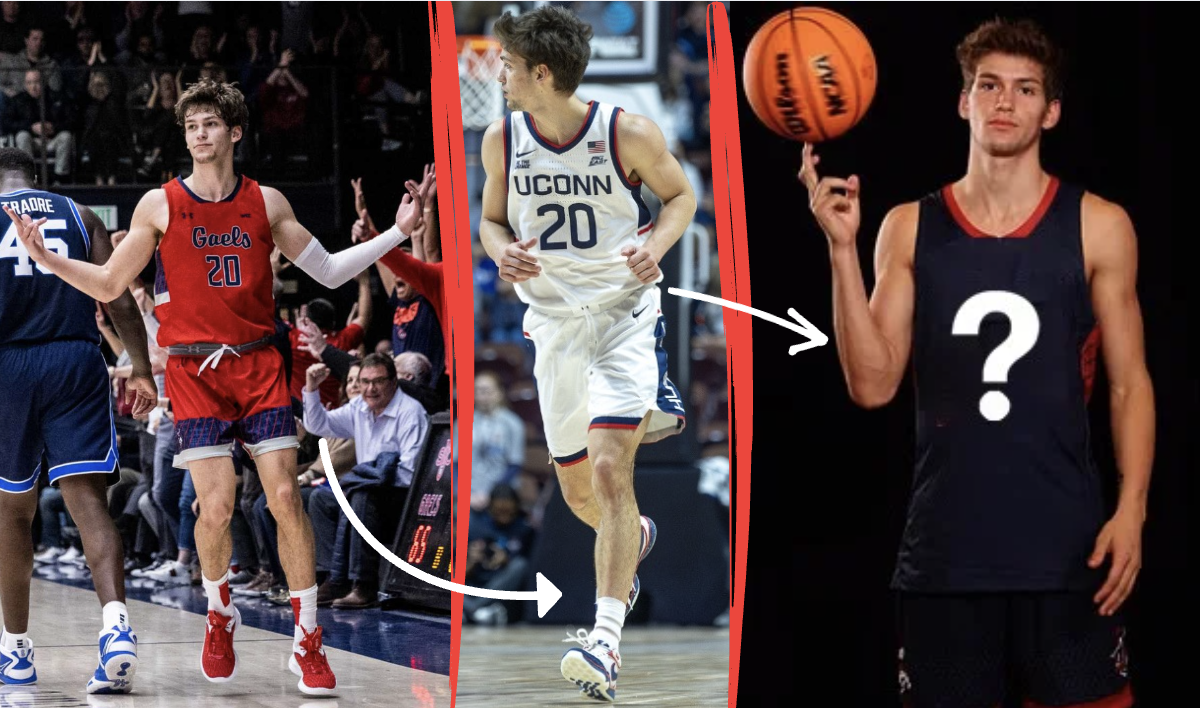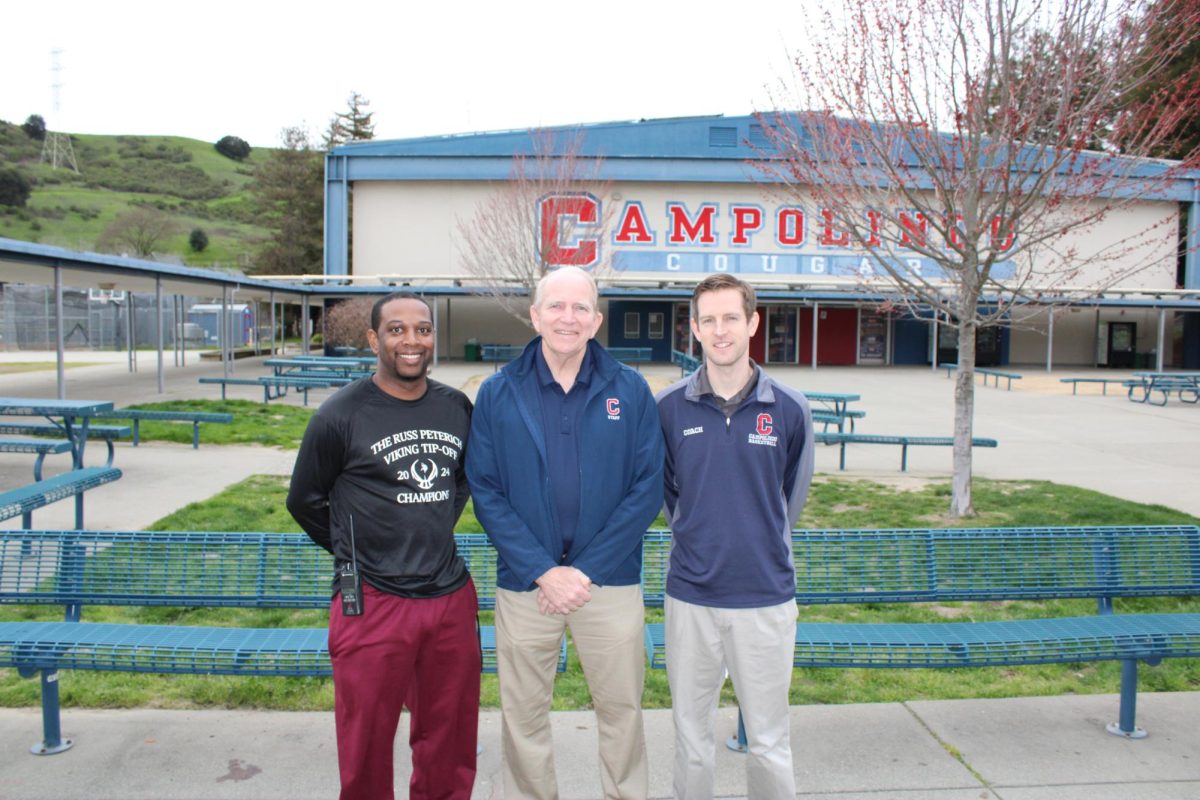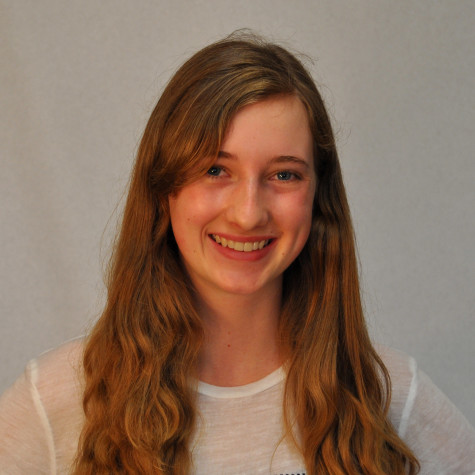Drama’s production of Romeo and Juliet took a risky departure from Shakespeare’s traditional story of hasty infatuation, exchanging the romance between a young boy and young girl from waring families for an equally turbulent courtship between lesbian lovers.
Running from April 21-25, all 5 performances sold out.
In addition to flipping Romeo’s gender, the production distinguished itself by setting the events in the 1980’s. Drama instructor Jamie Donohoe said, “I’d been thinking about doing Romeo and Juliet as an eighties-style play for a long time, and the moment seemed right considering the wealth of talented actors we have this year. My original concept included a male Romeo and a female Juliet at rival high schools, but during auditions I saw the possibility for male characters being played by female actors. So I came up with the all-girl Catholic high school motif which has turned out to be really fun.”
“In the 80’s, a ton of films focused on the crazy antics of teenagers while others revealed how lost and alienated we felt as teens. I’m sure adolescents from any era feel alienated, but the 80’s in particular seemed to have a large generational gap. There was a ton of repression and risky behavior. Drugs and alcohol were widely used by teens (and adults) but condemned in the media, and teens turned to MTV rather than parents as role models. Shakespeare’s play illuminates that disconnection between kids and parents, and the way we, as kids, felt safer,” Donohoe explained.
Junior Julia Durski, who played Juliet, was excited to present such a socially provocative version of the story. “It’s definitely not going to be a conventional Romeo and Juliet and it depends on whether you like that kind of stuff or you’re not that kind of person. But I’m really proud to be apart of it,” she said.
Sophmore Rachel Jackson, who played Benvolio, was also happy to address the issues of alternative lifestyles. “Drama as a community, we are very for LGBT movement and I really think that this was good way of expressing that and putting that out there and it’s not really as acknowledged as it should be So this is fun way of making it more aware,” she explained.
Donohoe’s vision was an elaborate one, in which the two rival families of Shakespeare’s original are portrayed by distinct social groups easily identified by anyone familiar with 1980’s popular culture: “In our play, Lord Capulet and Lady Montague are running for school board president, but the real tension is between Katrina Tybalt and her mean girls and Romeo and her geek/punk friends. Romeo comes from a single-mom household while Juliet’s family seems to have wealth and a higher social standing. In the text, Romeo is ‘banished’ instead of being sentenced to death, but in high school terms we’ve changed that to being expelled-which, to a teenager, must feel like death,” Donohoe said.
Jackson admitted that tinkering with the characters and plot was potentially controversial. Nevertheless, she believed it was an opportunity to contribute to a healthy climate of acceptance. “I think that, if anything, it will make the story more open to the idea of having gay people, but at the same time, it could make people uncomfortable if they aren’t accepting of that, but I think for the majority, it will have a positive outcome,” she explained.
Like any quality production, this one required a significant amount of planning and prepartation. Amy Weinstien, who played Romeo, said rehearsals were conducted 5 days each week and lasted as long as 4 hours in the weeks leading up to the opening.
“It’s pretty grueling for my character in particular because I have a lot of scenes and a lot of lines so I’m pretty much always on my feet. I didn’t have a lot of time to just chill out during rehearsal. I’m really tired all the time after rehearsal and I’m really pooped after doing the scenes all the time,” Weinstien said.
Donohoe was thoroughly satisfied with the way it all turned out. “I wanted an opening montage that felt like the opening to an 80’s film. The party/dance scene culminating in the Thriller dance, and a Queen Mab scene that was special. I also wanted a bedroom scene with R & J that showed a real connection. We got all of that accomplished. As my actors and assistant director worked their scenes, a bunch of fun and powerful moments were created, and the result is a play that I’m truly proud of,” said Donohoe.
The stars of the play agreed that they felt a kinship with the characters they portrayed.
“I can relate to the character. Benvolio really hates conflict of all kinds and Romeo and Juliet has a lot conflict in it so for that role especially its easier to apply myself to the role and in that its easier to act like it, but to work through everything as yourself, but as your character,” said Jackson.
Weinstein added, “I was actually more playing myself in this character than I have in any other role I’ve played. In most roles I’ve played, I’m definitely taking on a completely different character. In this one, I feel like I’m more myself in the character so it wasn’t as hard as it usually is to develop a character.”
“The hardest part was getting out of the mind set that it was a boy character instead of a female character. Because for the longest time, I couldn’t get it out of my head that I wasn’t playing a boy and that I was playing a girl playing Romeo and so I had to get into the mindset for the show,” Weinstein explained. “I took a little bit from how Romeo is the way I read it and from that really old movie, and also I guess I just took inspiration from myself and from people around me-people close to me.”
Durski said, “I definitely went over it a lot and thought about-well I have a 13 year old sister and Juliet is 13 and I tried to watch how she is a lot and put into context with her and think about how I was at that age and how I was around boys or in this case a girl and see how I’d act because I’m sure I would react differently now as a 16 year old rather than a 13 year old. So I used that as inspiration.”
“The first thing you want to do if your preparing for any role is just try to put yourself in the situation. You take everyone around you and the way they play their roles and it starts off slowly but that exchange between actors playing their characters,you really feed off their energy and it just comes naturally,” Jackson added.
While Donohoe claimed that his vision for the play had been in his mind for a long time, some of his students believed that much of the inspiration came from his observations of them. “I think just looking around-a lot of the ideas he gets are just from observing classrooms because he teaches three drama classes so theres a lot of different environments he sees and a lot of the things he sees or how people dress is how it inspires him. He’s always thinking of new things to do,” said Jackson.
Whatever the case, the level of sophistication Donohoe brought to the process of developing the production was not lost on his cast. “I think the more he talked about it the more he crafted it. But I feel like he did it in his head for a long time because when we were doing a read through he just kept saying things he had in mind already and they were really detailed,” Durski added. “Personally I think it is because Donohoe was probably in his prime time in the 80’s because he was really obsessed with that.”
